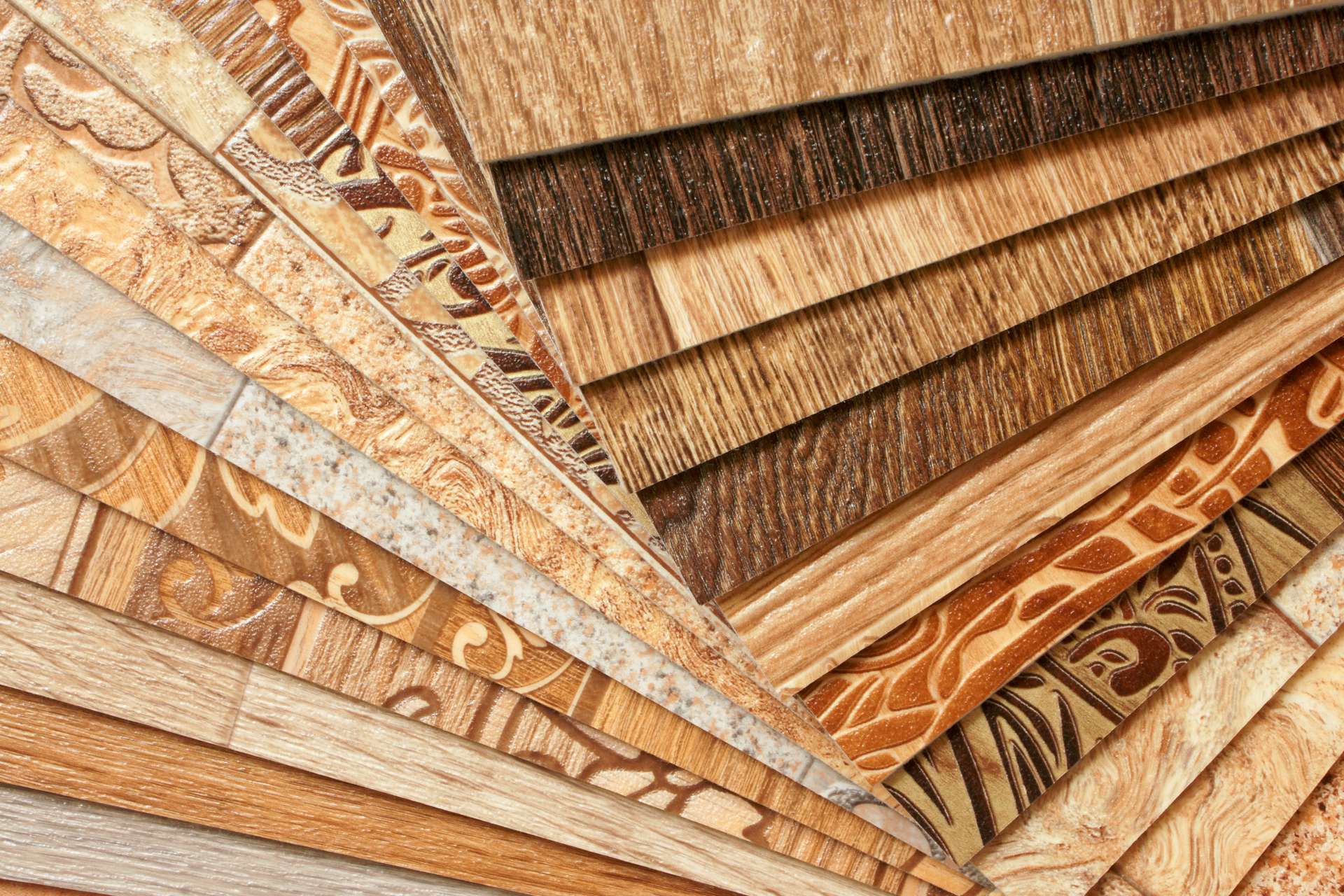Vinyl or Linoleum? Which is better? There’s only one way to find out …
Vinyl flooring and linoleum (or lino) flooring seem very similar, yet they are definitely different. Lots of people can’t seem to tell the difference, so here for you is the definitive guide to the differences between vinyl and lino.
They are made of different ‘stuff’!
In the 1920s, boffins developed a new plastic resin that they called Polyvinyl Chloride. You will probably know this by its more familiar name of PVC or vinyl for short. This is a durable and versatile plastic that’s made from a combination of ethylene and chlorine. Vinyl can be made to be rigid or flexible, opaque or transparent and either thick or thin. Vinyl makes for an excellent material for flooring.
Linoleum (known, of course, as ‘lino’ for short), is a floor covering that is made up from a number of natural materials, including linseed oils, ground cork dust, minerals, wood flour and pine resin. It’s naturally biodegradable and anti-bacterial, and is very durable. Colour pigments are added to linoleum to make it more desirable as a type of flooring.
They come in different styles and designs
Initially, vinyl was used in domestic residences in kitchens and bathrooms, as it acted as a wonderful water barrier in order to protect floorboards, and is very easy to clean and replace. As they are now a much wider range of designs and styles available, vinyl flooring can be used in any room. Vinyl can be styled so that it resembles tiles, stone or wood.
Linoleum does not typically posses as many style options as vinyl flooring. Lino often comes in a single, plain colour as opposed to the tiles and patterns of vinyl. Lino does though hold its colour better than vinyl flooring.
Installation for each is a different process
Vinyl is easier and more cost-effective to install. In a small, regularly shaped room a home owner may even be able to install vinyl flooring themselves. For oddly shaped rooms where cutting is involved, hiring the services of a specialist flooring installation expert is the best policy.
Lino should only ever be installed by professional installers. The adhesive used to fix linoleum flooring is extremely tacky and glues itself to the fixing surface very quickly. DIY lino installation is typically not a good idea, as mistakes are costly to rectify.
Vinyl is easy to maintain and repair
Vinyl is a popular choice with home owners as maintenance is a very straightforward process. Vinyl flooring can easily be mopped, vacuumed or simply swept. Vinyl also acts as a barrier against moisture, mildew and mould.
Lino can just be as easy to clean as vinyl, but it is slightly more susceptible to damage via cleaning agents. As a result, the cleaning process is a little more arduous.
Vinyl or Lino? It’s really down to your personal choice. Both are very resilient, and modern production techniques mean that either vinyl or linoleum flooring is a great choice for domestic and commercial customers looking to improve their flooring.
If you are considering installing Vinyl or Lino flooring in your home or commercial space then please call us on 020 8249 9726 or click here to complete the contact form and we will be in contact within 24 hours.


